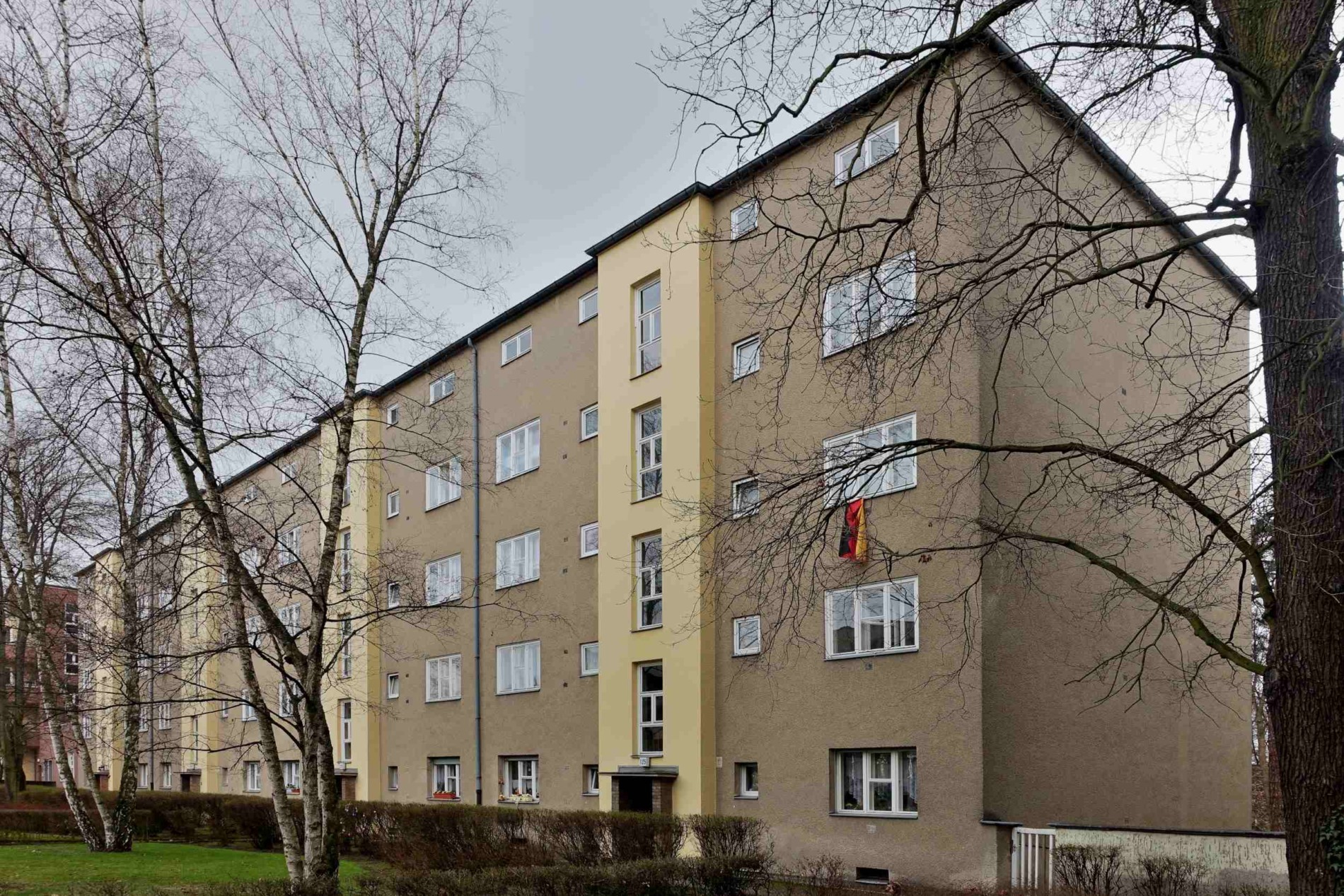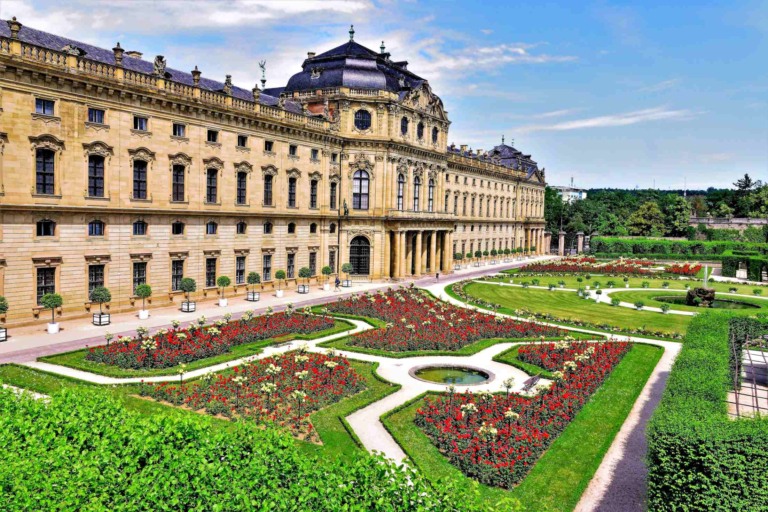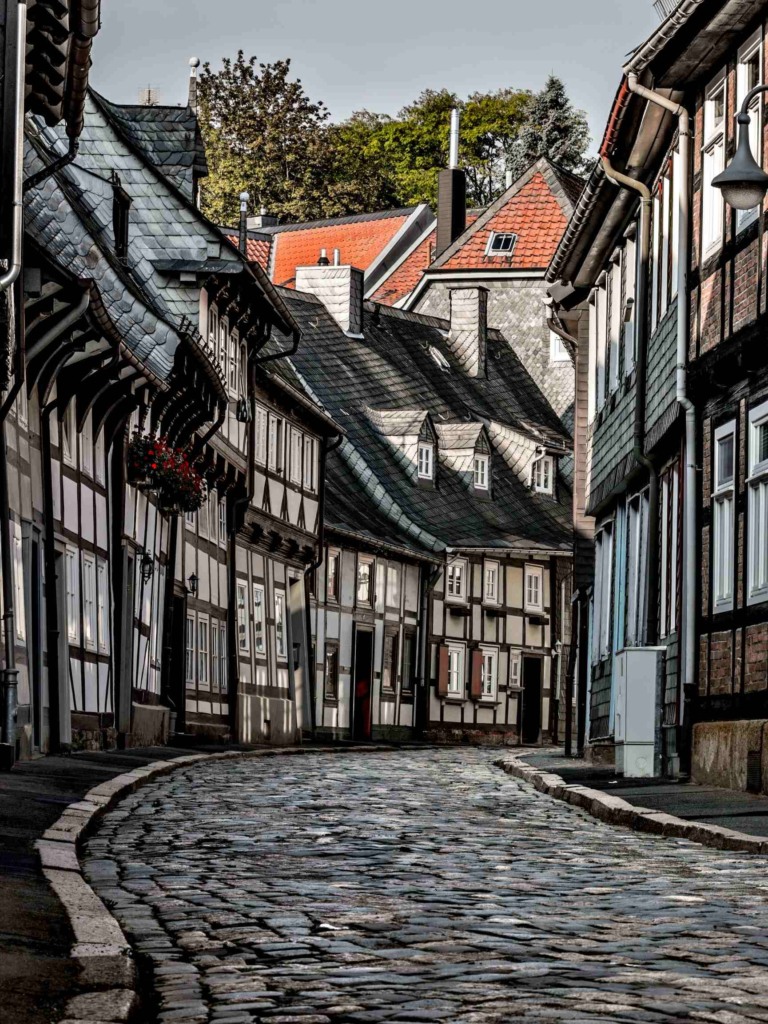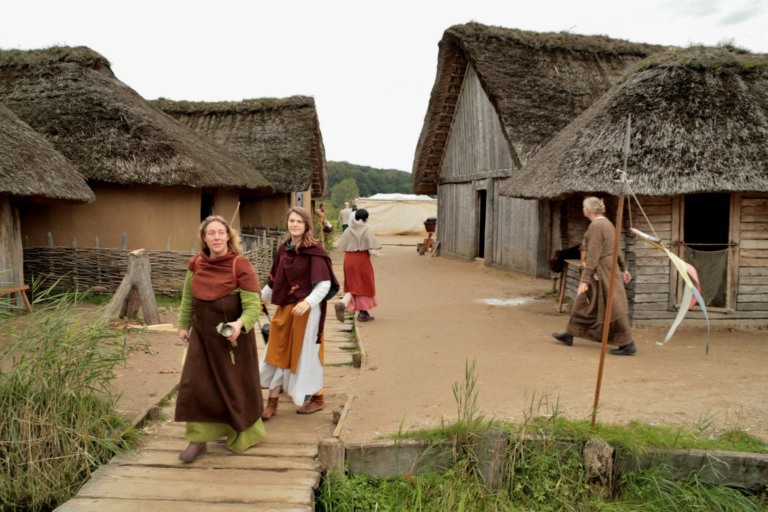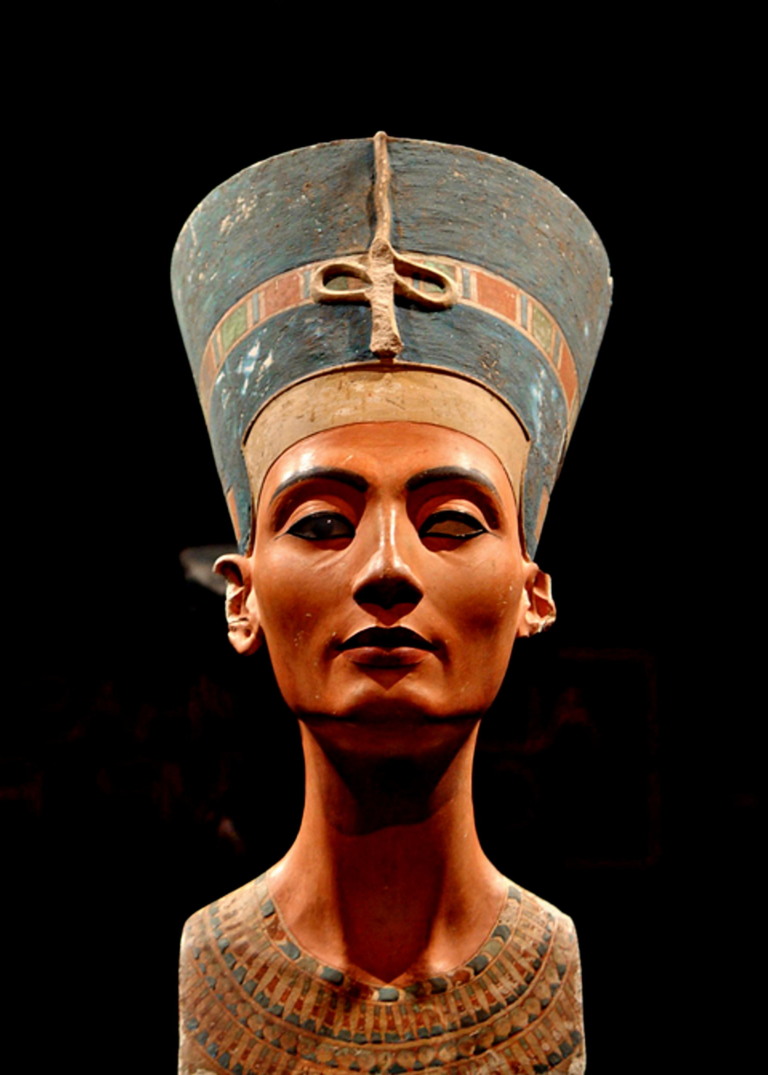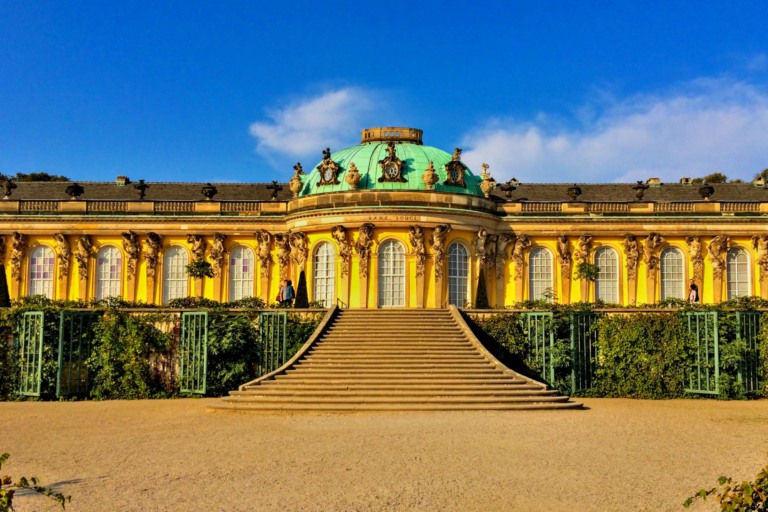The Berlin Modernism Housing Estates, also known as the Berlin Modernist Housing Estates, are a group of residential complexes in Berlin, Germany, built between the early 1910s and the 1930s. These estates are renowned for their architectural and urban planning significance. They represent the innovative approach to urban housing and social reform that emerged during the Weimar Republic. It comprises six housing estates, showcasing the architectural and social ideals of the Modernist movement.
Berlin Modernism Housing Estates
The Berlin Modernism Housing Estates have been a UNESCO World Heritage Site in Berlin, Germany, since 2008. These housing estates were constructed as a response to the urgent need for affordable and functional housing during the early 20th century. They embody the principles of urban planning, architectural innovation, and social reform that were central to the Modernist movement. The six housing estates included in the UNESCO designation are:
- Gartenstadt Falkenberg (Falkenberg Garden City): Designed by Bruno Taut and completed in 1913, this estate features colorful row houses and apartment buildings with gardens, emphasizing the integration of nature into urban living.
- Siedlung Schillerpark (Schillerpark Housing Estate): Constructed between 1924 and 1930, this estate was designed by Bruno Taut and Martin Wagner. It consists of six-story apartment buildings with green courtyards, communal facilities, and modern amenities.
- Großsiedlung Siemensstadt (Siemensstadt Housing Estate): Planned and built between 1929 and 1934, this estate was a collaborative effort involving renowned architects such as Hans Scharoun and Walter Gropius. It offers a mix of residential, industrial, and recreational spaces, emphasizing functional design and communal living.
- Siedlung Charlottenburg-Nord (Charlottenburg-Nord Housing Estate): Constructed between 1925 and 1930, this estate is characterized by row houses, semi-detached houses, and small apartment buildings. It features open spaces, gardens, and common facilities, fostering a sense of community.
- Weiße Stadt (White City): Designed by Bruno Taut and constructed between 1929 and 1931, this estate consists of white, cubic apartment buildings. It aimed to provide affordable housing with modern amenities and ample green spaces.
- Hufeisensiedlung (Horseshoe Estate): Planned and built by Bruno Taut and Martin Wagner between 1925 and 1933, this estate features horseshoe-shaped apartment buildings. It incorporates functional design elements, communal spaces, and landscaped gardens.
These housing estates reflect the Modernist ideals of functionalism, simplicity, and social progress. They were designed to improve the quality of life for urban dwellers by offering affordable, light-filled apartments, ample green spaces, and communal facilities. They provide insights into the history of housing and urban development and contribute to our understanding of the Modernist movement’s impact on cities and societies.
The estates stand as significant examples of Modernist architecture and serve as a reminder of the progressive movements that aimed to transform urban living. The UNESCO World Heritage designation acknowledges the outstanding universal value of the Berlin Modernism Housing Estates, preserving them as important cultural and architectural landmarks.
Tourism of Berlin Modernism Housing Estates
Visitors to the Berlin Modernism Housing Estates can explore the architectural designs, walk through the residential areas, and learn about the social and urban planning principles that shaped these developments. From a tourism perspective, the Berlin Modernism Housing Estates offer visitors a unique opportunity to explore the architectural and cultural heritage of the early 20th century. Here are some aspects that make them appealing to tourists:
- Architectural Excellence: The housing estates showcase the architectural brilliance of prominent modernist architects, including Bruno Taut, Walter Gropius, and Martin Wagner. Visitors can admire the diverse architectural styles, innovative building techniques, and use of geometric forms and vibrant colors.
- Historic Significance: These estates played a crucial role in the development of modern urban housing concepts. They were designed to provide affordable and functional housing for the working class while prioritizing access to light, air, and green spaces. Exploring the estates allows visitors to understand the social and political context of the Weimar Republic and its impact on urban planning.
- UNESCO World Heritage Sites: The recognition by UNESCO adds prestige to the housing estates and draws the attention of architecture enthusiasts and history buffs from around the world. It highlights their outstanding universal value and ensures their preservation for future generations.
- Guided Tours: Several guided tours are available, both organized by official institutions and private tour operators. These tours provide in-depth insights into the architectural features, historical background, and social ideas behind the housing estates. Knowledgeable guides can enhance the visitor experience by sharing stories and anecdotes related to the buildings and the people who lived there.
- Open-Air Museums: Some of the housing estates, such as the Hufeisensiedlung and the Wohnstadt Carl Legien, have been transformed into open-air museums. Visitors can explore furnished apartments, community facilities, and gardens, gaining a comprehensive understanding of the living conditions and social aspects of the time.
- Cultural Events: The housing estates often host cultural events, exhibitions, and festivals that celebrate the heritage and modernist spirit. These events may include art exhibitions, lectures, workshops, and performances, providing visitors with a dynamic and immersive experience.
- Accessible Locations: The housing estates are well connected to the city’s public transportation system, making it easy for tourists to reach them. They are spread across different districts of Berlin, such as Britz, Siemensstadt, and Weissensee, offering visitors the chance to explore different parts of the city.
Overall, the Berlin Modernism Housing Estates offer a unique blend of history, architecture, and cultural experiences. They provide an opportunity to delve into the visionary ideas of urban housing and appreciate the legacy of the Weimar Republic. Whether you are an architecture enthusiast, a history lover, or simply a curious traveler, these estates are worth exploring during a visit to Berlin.
